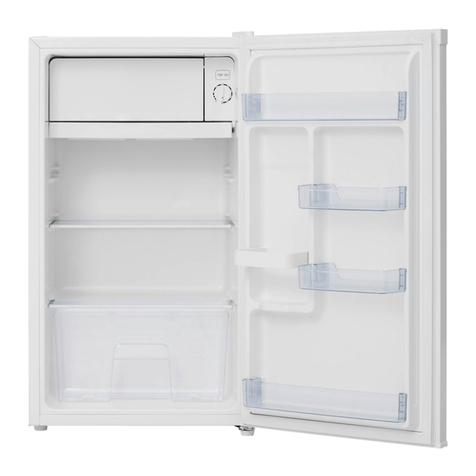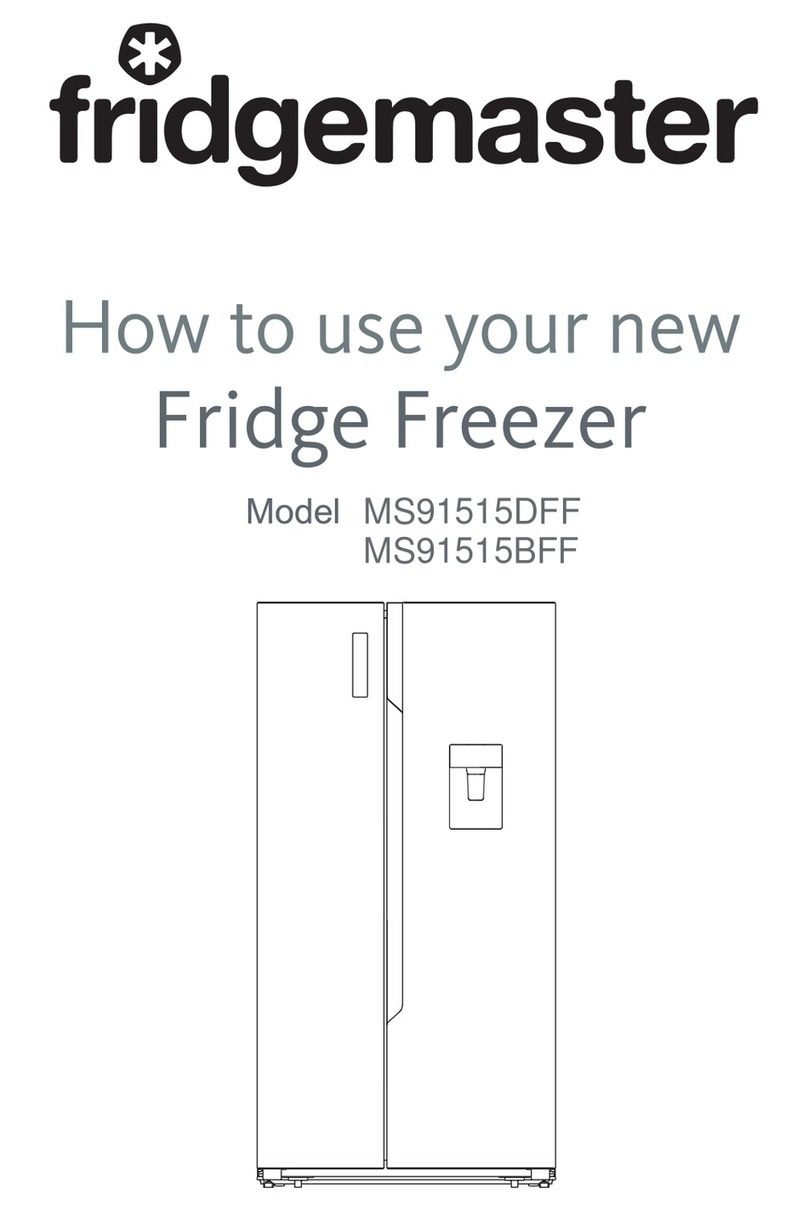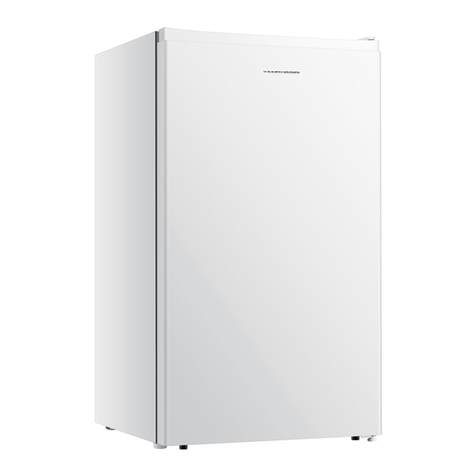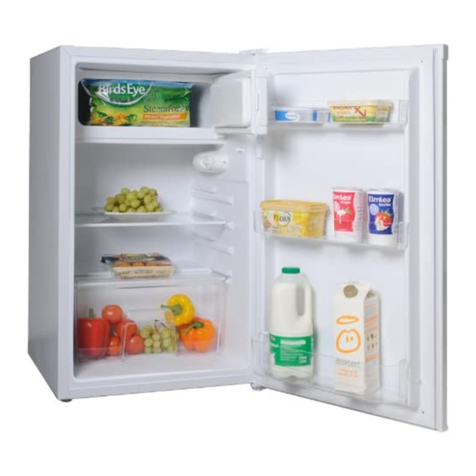Fridgemaster MC50165F Operating instructions
Other Fridgemaster Refrigerator manuals
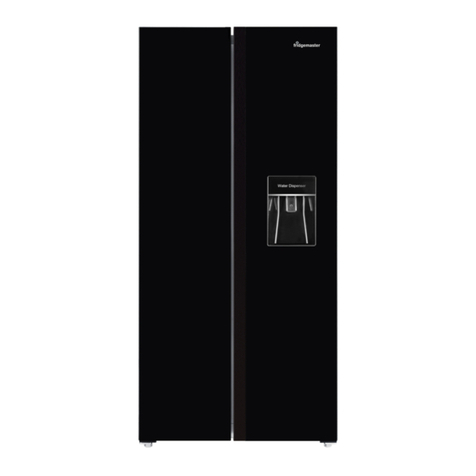
Fridgemaster
Fridgemaster MS83430BFF User manual
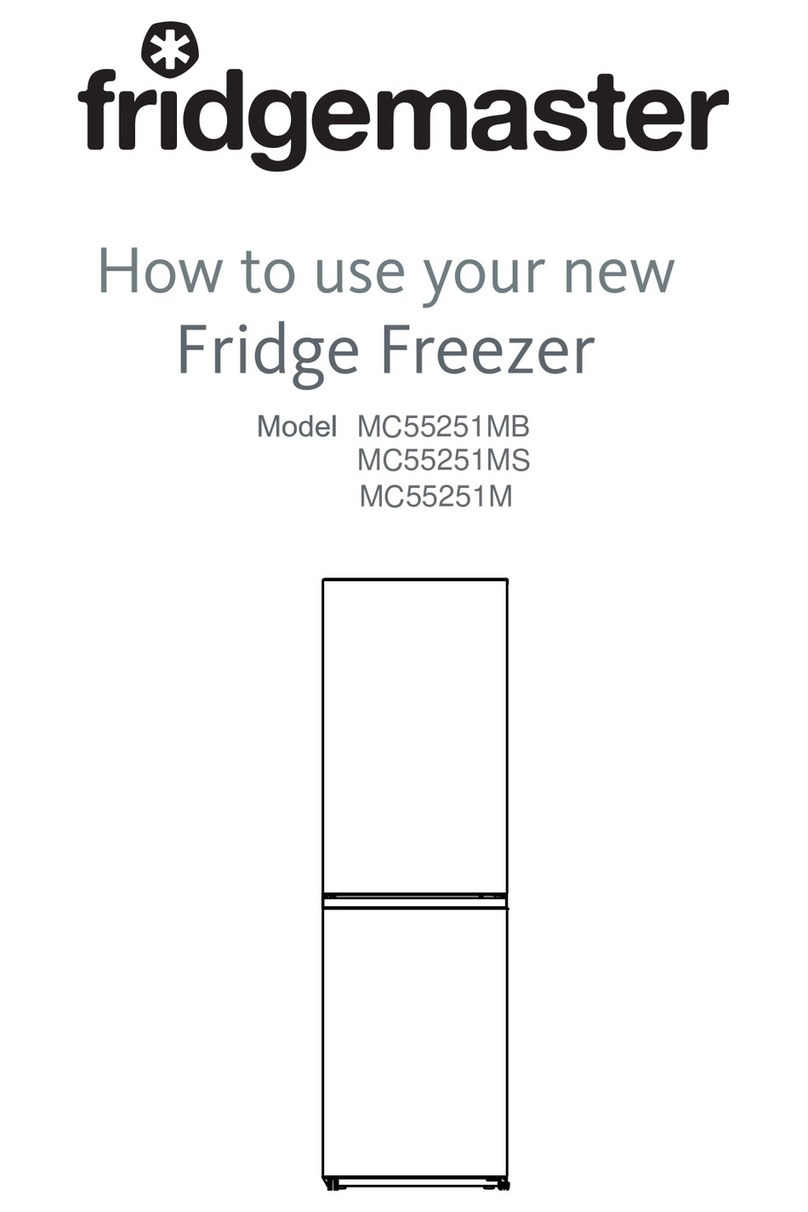
Fridgemaster
Fridgemaster MC55251MB User manual
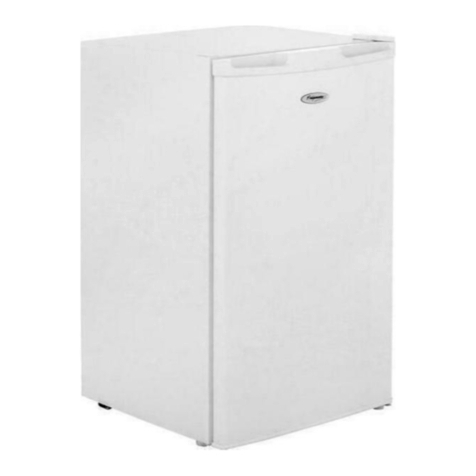
Fridgemaster
Fridgemaster MUR49100 User manual
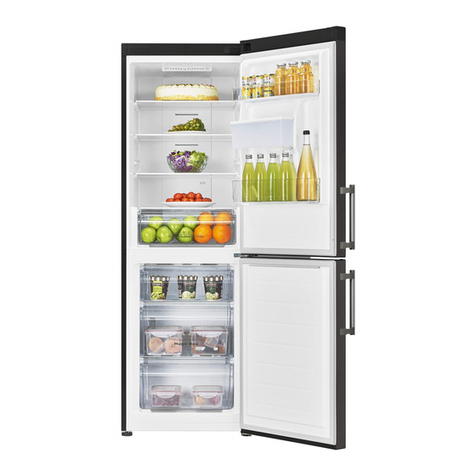
Fridgemaster
Fridgemaster MC60283DFFB User manual
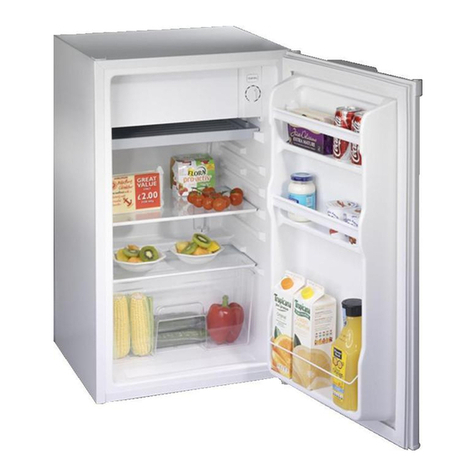
Fridgemaster
Fridgemaster MTRR 108A Operating instructions
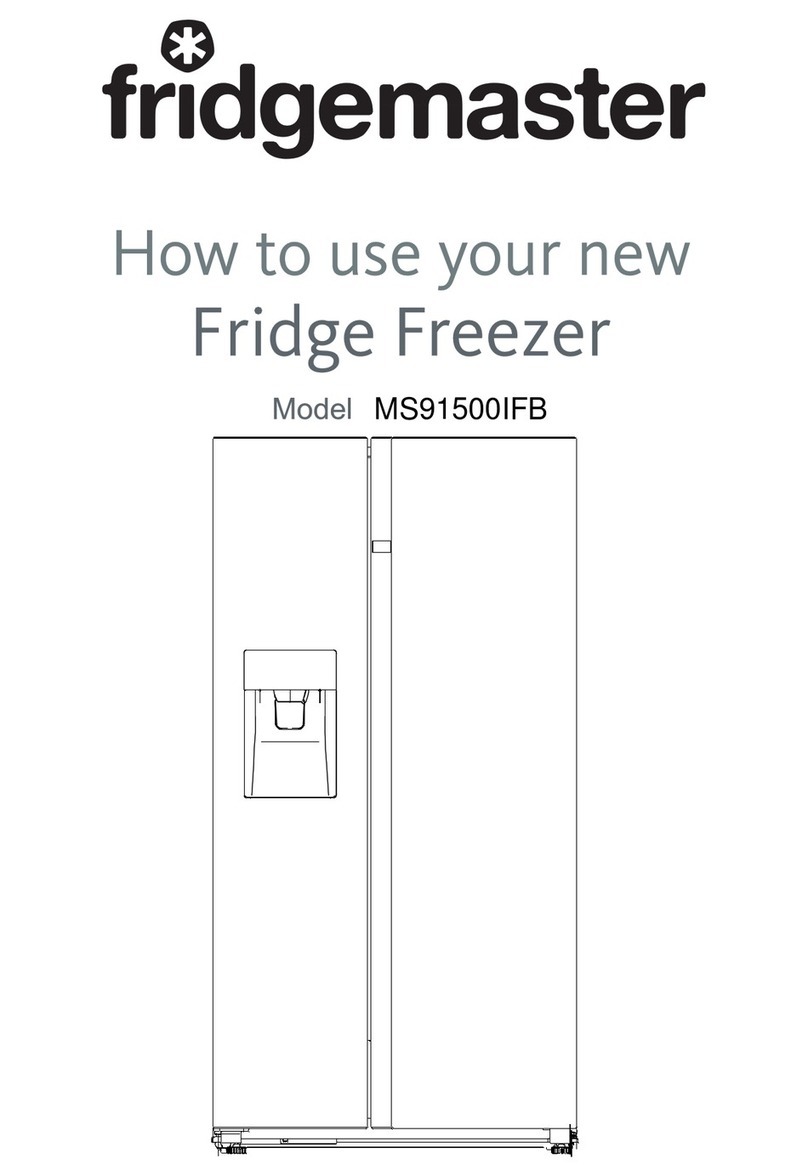
Fridgemaster
Fridgemaster MS91500IFB User manual
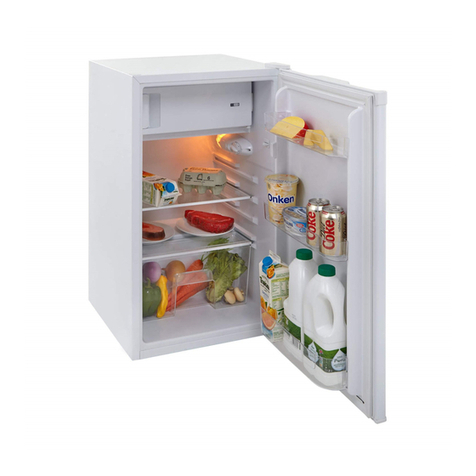
Fridgemaster
Fridgemaster MUR4996 User manual
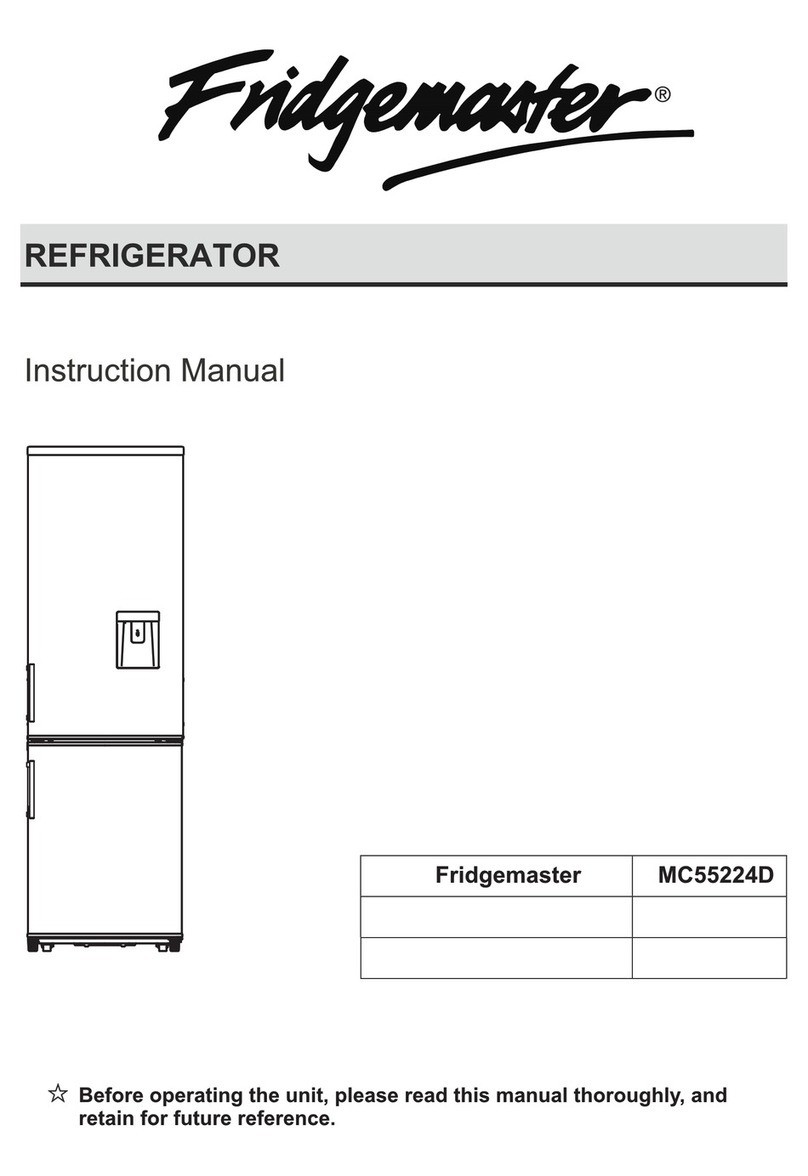
Fridgemaster
Fridgemaster MC55224D User manual
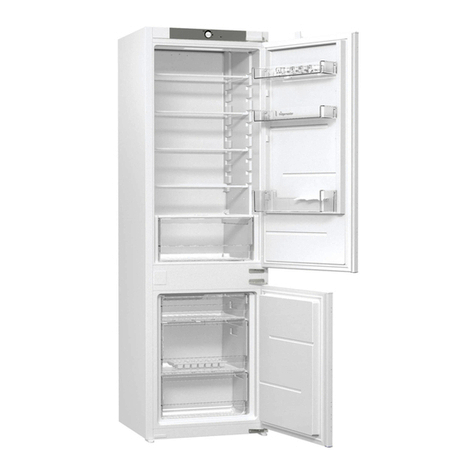
Fridgemaster
Fridgemaster MBC54260F Technical manual
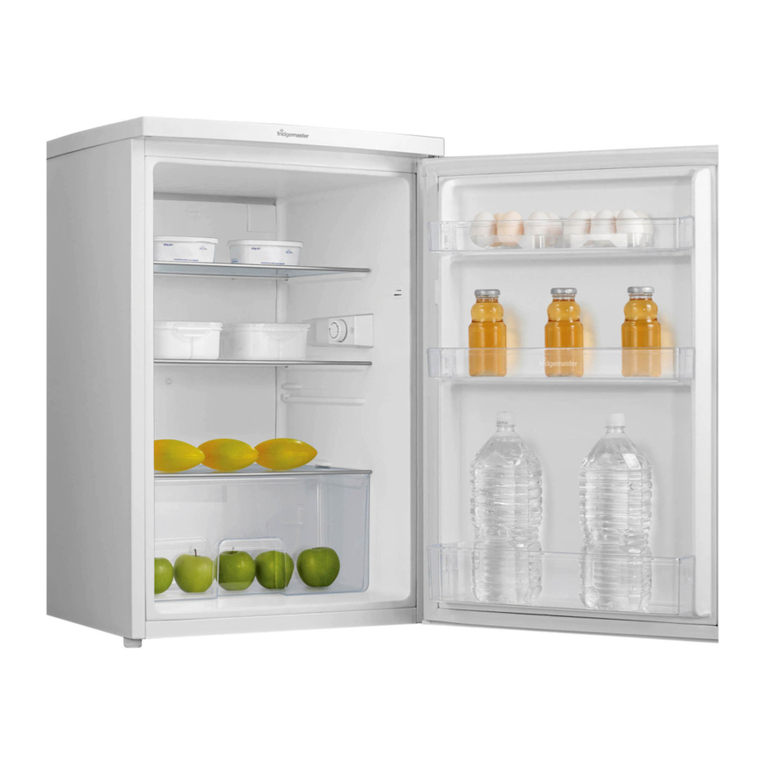
Fridgemaster
Fridgemaster MUL55137 User manual
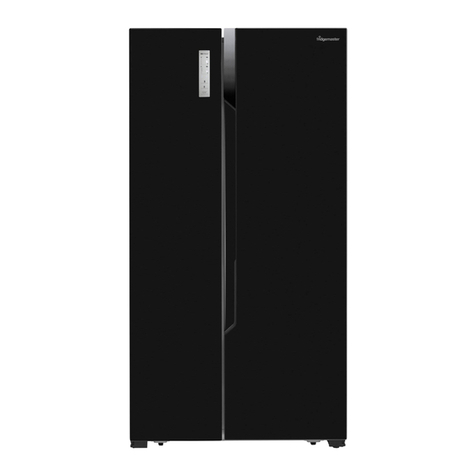
Fridgemaster
Fridgemaster MS91518FFS Operating instructions
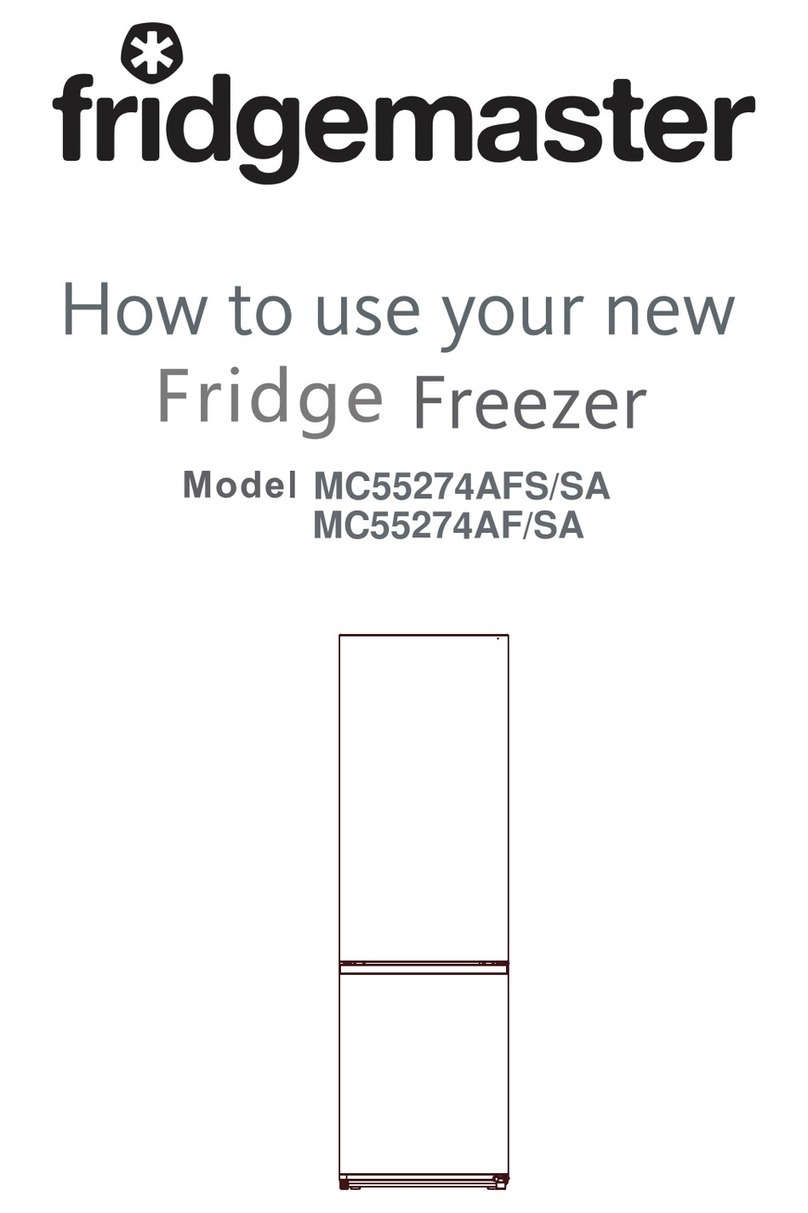
Fridgemaster
Fridgemaster MC55274AFS/SA Operating instructions
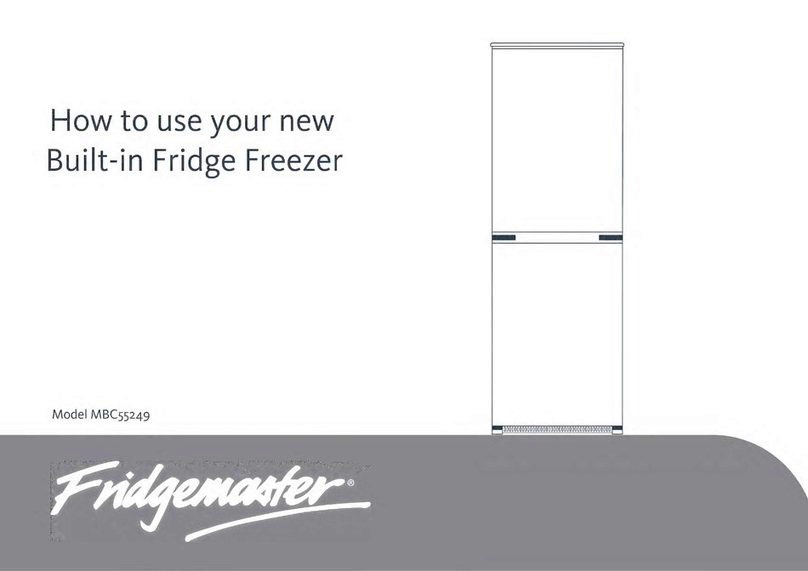
Fridgemaster
Fridgemaster MBC55249 Operating instructions
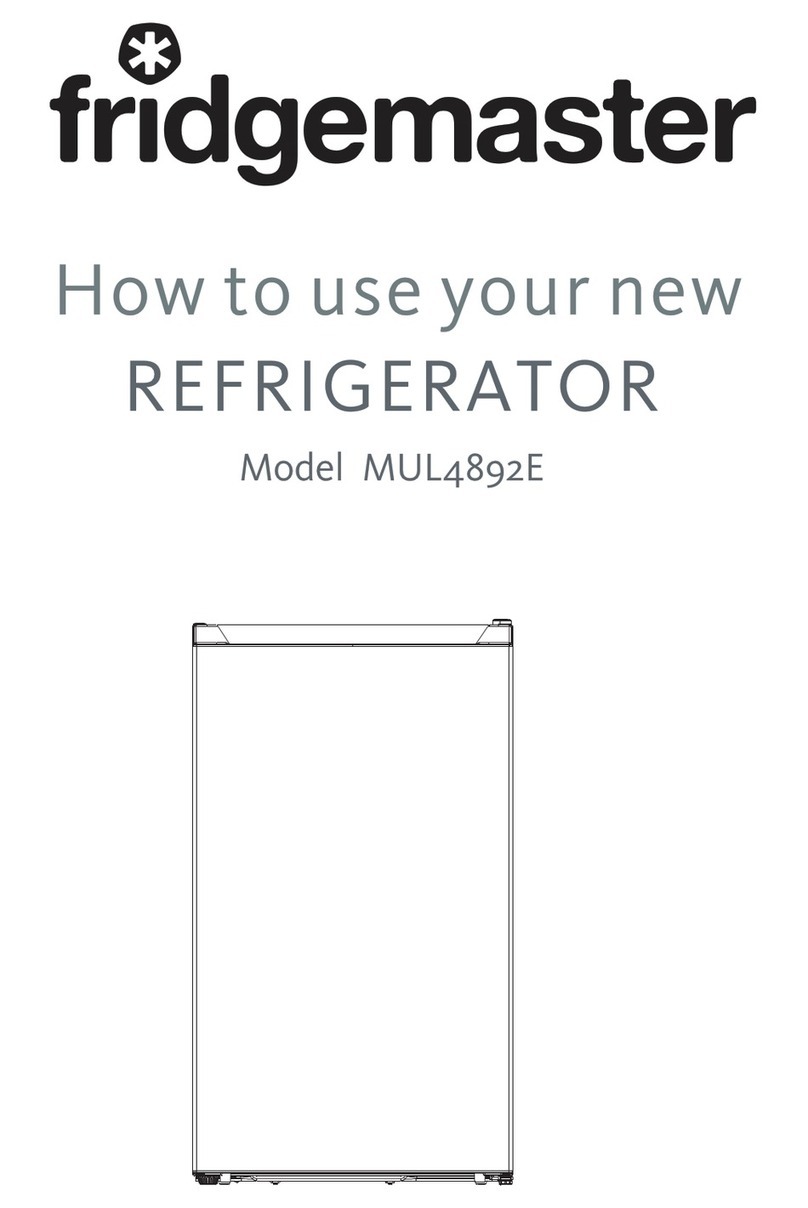
Fridgemaster
Fridgemaster MUL4892E User manual
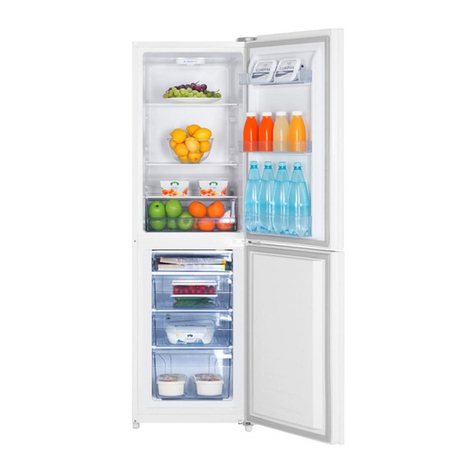
Fridgemaster
Fridgemaster MC55210S User manual

Fridgemaster
Fridgemaster MTTR4442 User manual
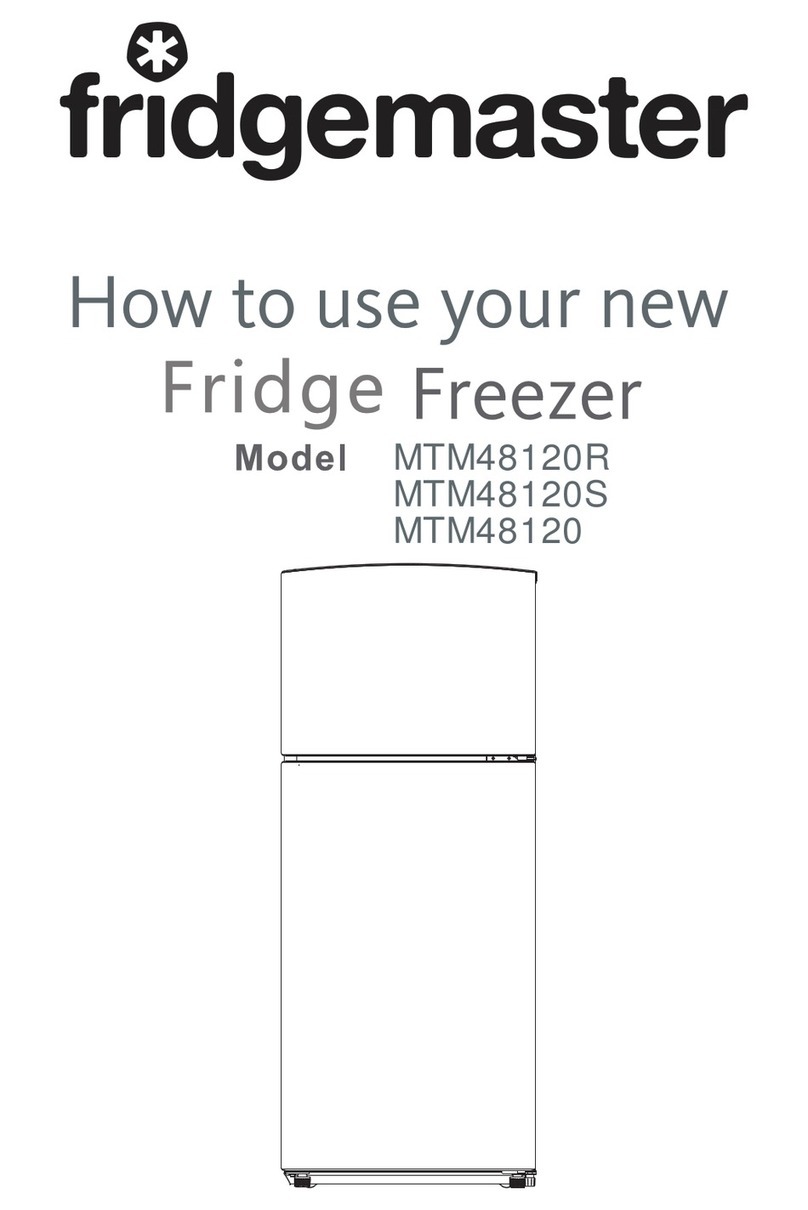
Fridgemaster
Fridgemaster MTM48120R User manual
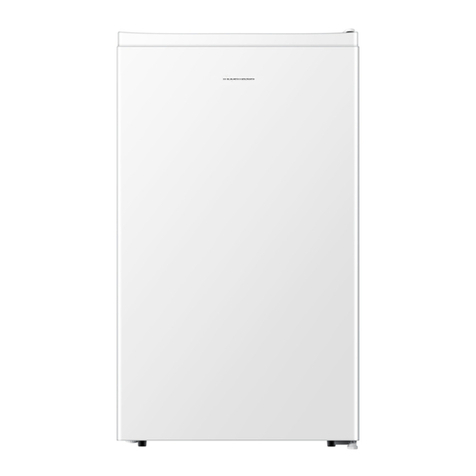
Fridgemaster
Fridgemaster MUL4892MF Operating instructions

Fridgemaster
Fridgemaster MC55196 User manual
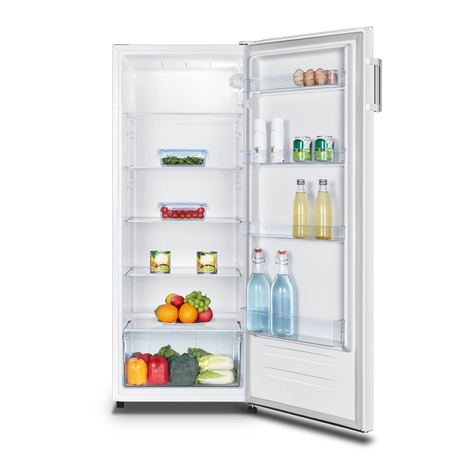
Fridgemaster
Fridgemaster MTL55242 Operating instructions
